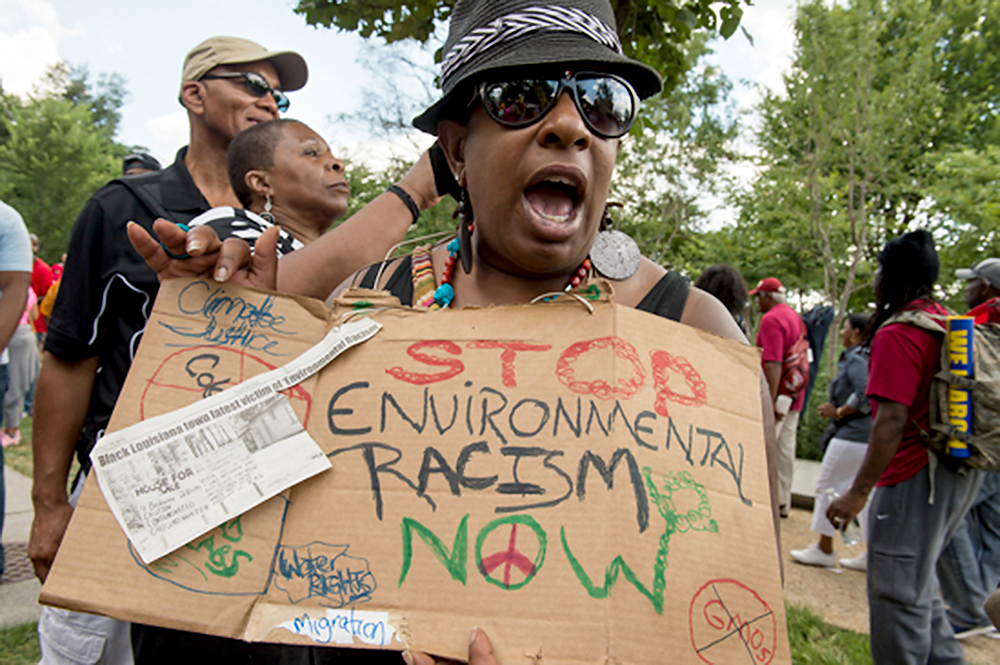I love the Zinn Education Project’s resources. I teach environmental science and biology. These resources are imperative for fostering critical reflection and interrogation in us all about environmental issues and how they adversely affect some more than others, particularly racially, ethnically, and socioeconomically minoritized people in our Buffalo community.
I have used the article, “The Big Red Dot of Environmental Racism” by Alma Anderson McDonald as an introduction to environmental science and to situate our course’s attention to environmental justice. Students are familiar with the term, racism, mostly from an interpersonal standpoint. However, we begin to unpack racism in structural, institutional terms.
We take our discussion of racism further by exploring environmental racism, which this article helps make more concrete. Students often have not heard of environmental racism prior to this lesson. Students share places they love — their house, mountains in another state which they have visited, the beach, a local park, etc. This activity serves as an icebreaker as we get to learn more about each other.
McDonald’s article is accessible and full of imagery; overall, students enjoy reading it. While students initially do not consider our community as toxic as Hattiesburg, after discussion and exploration of local data — from pollutant concentrations and GIS — they begin to recognize that certain portions of our community are more adversely impacted. They ponder medical ailments, from asthma to cancer and their frequencies.
Students are amazed at how much they have not learned about their local environment and ways it has been environmentally degraded over the years. This lesson serves as an excellent branching off point for further exploration throughout the course.







Twitter
Google plus
LinkedIn